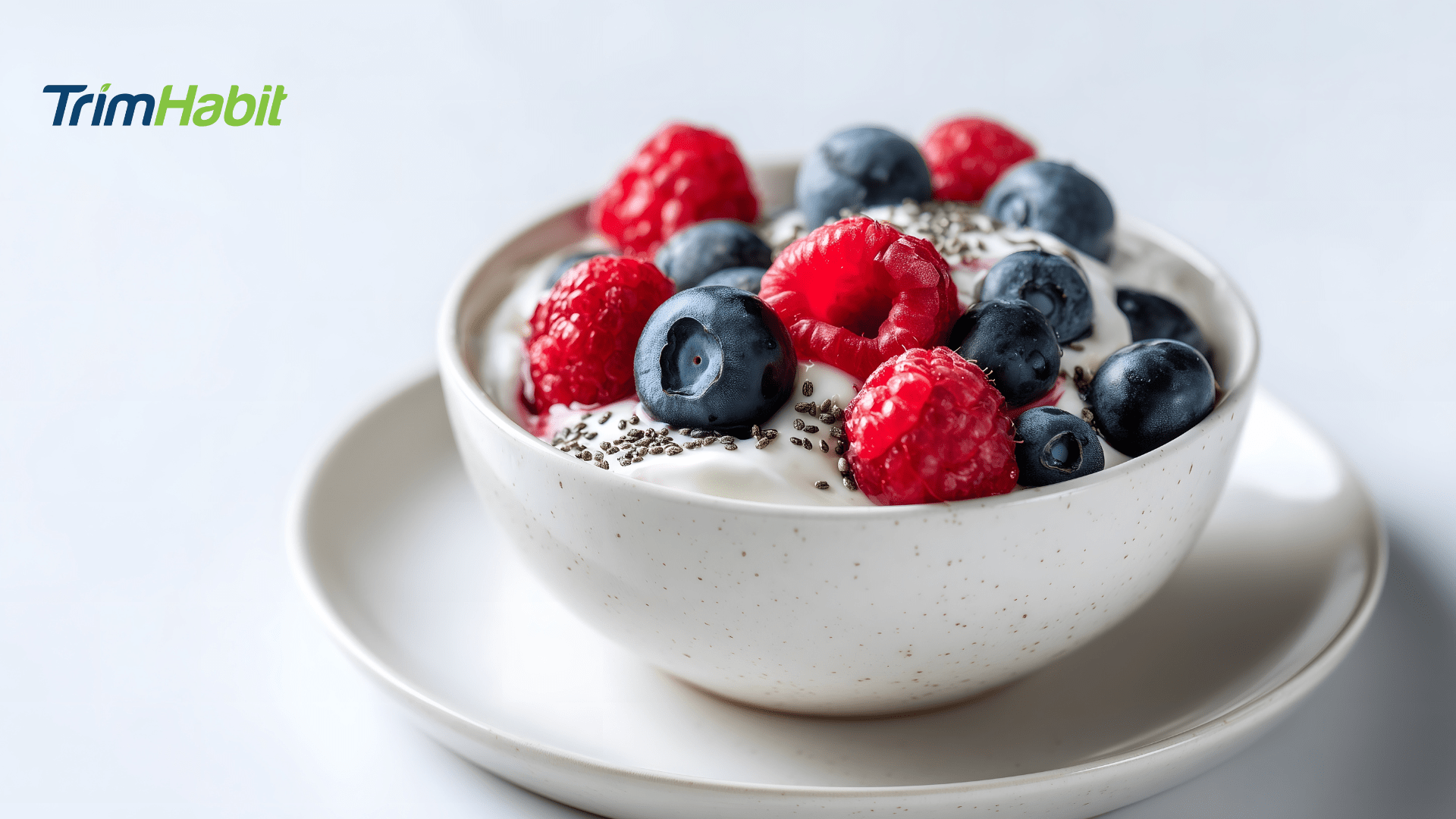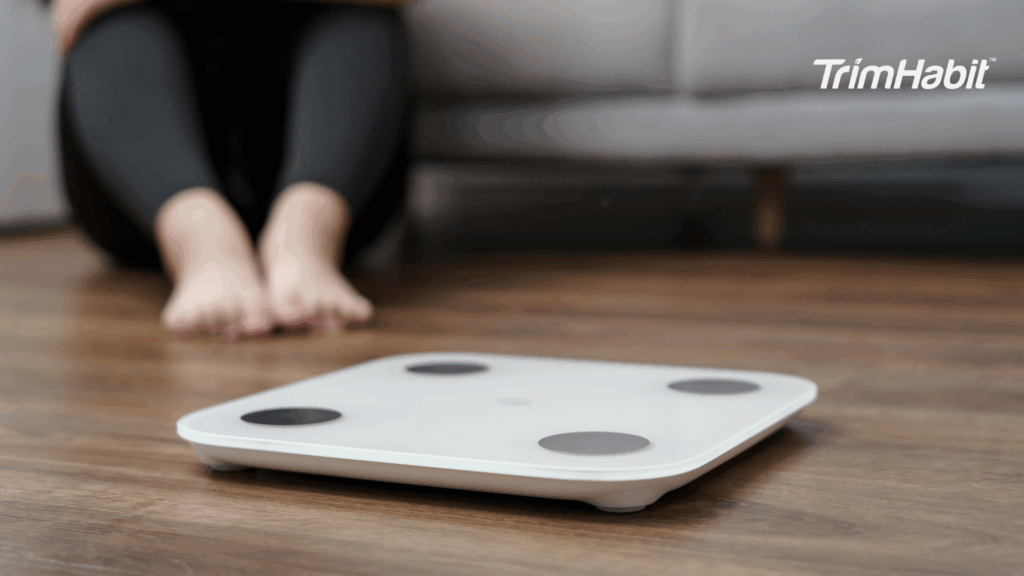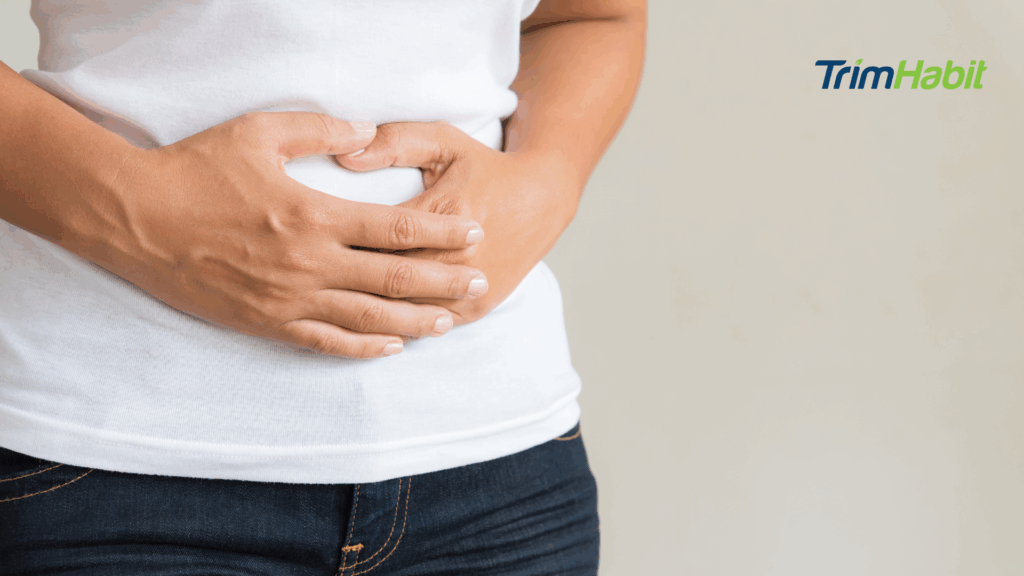Desserts can feel like a challenge for anyone working on weight management while taking semaglutide, but they do not have to be off-limits.
Thoughtful selection of ingredients and careful portioning allow portion-controlled dessert ideas that fit a semaglutide diet without disrupting blood sugar levels or appetite control. When desserts are included in a structured way, they can support blood sugar control, enhance satisfaction after meals, and make healthy eating enjoyable and sustainable.
Incorporating desserts in a balanced diet can prevent cravings from becoming overwhelming and help maintain a positive weight loss journey. Using nutrient-rich ingredients and monitoring portion sizes ensures desserts are not just indulgent treats, but also supportive of overall nutrition and long-term health.
How Desserts Fit Into a Semaglutide Routine
Semaglutide slows gastric emptying1, which can make large or sugary desserts feel uncomfortable. Light, protein- and fiber-rich options are easier to digest, promote fullness cues, and prevent overeating. Including desserts in moderation allows a sweet tooth to be satisfied while supporting weight management.
Adding protein to desserts preserves muscle mass and prolongs satiety2. Fiber from fruits, seeds, and whole grains helps regulate digestion, supports better blood sugar control, and complements sustainable weight loss efforts3. Desserts that combine protein, fiber, and moderate sweetness provide enjoyment without undermining a healthy diet.
Key Principles For Portion-Controlled Desserts
The most effective desserts are built around a few key principles. They should be made with nutrient-dense foods, minimizing added sugars while including protein, fiber, and healthy fats. Small amounts of olive oil, nuts, or seeds can improve texture, boost satiety, and provide sustained energy.
Practicing mindful eating enhances the experience of desserts. Eating slowly and paying attention to body’s hunger cues ensures small portions feel satisfying. Tools like smaller plates or pre-portioned servings make it easier to manage hunger.
Natural sweeteners, such as maple syrup or brown sugar, can be used sparingly to add flavor while keeping a calorie deficit intact. Following these principles allows desserts to contribute positively to weight loss goals.
10 Portion-Controlled Dessert Ideas That Fit A Semaglutide Diet
Here are practical dessert options that fit a semaglutide plan. Each option includes protein, fiber, and healthy fats, with manageable portions to help control appetite.
1. Greek Yogurt Berry Parfait
Ingredients: ¾ cup Greek yogurt, ½ cup mixed berries, 1 tsp chia seeds, 1 tsp maple syrup
- Protein: 15 grams
- Portion: Served in a small jar or glass
- Tip: Layer yogurt and berries to make it visually appealing and encourage mindful eating.
2. Cottage Cheese Apple Bowl
Ingredients: ½ cup cottage cheese, ½ chopped apple, sprinkle of cinnamon, 1 tsp brown sugar
- Protein: 12 grams
- Portion: Use a small dessert bowl to maintain portion control
- Tip: Mixing in the apple slowly during eating helps satisfy a sweet tooth while controlling calories.
3. Chia Seed Pudding
Ingredients: 3 tbsp chia seeds, ½ cup almond milk, ¼ cup mashed fruit (berries or banana)
- Protein: 6 grams
- Portion: Single-serving mason jar
- Tip: Refrigerate overnight for a pudding texture; sprinkle a few seeds on top for crunch.
4. Protein Mug Cake
Ingredients: 1 scoop protein powder, 2 tbsp mashed banana, 2 tbsp almond milk, 1 tsp cocoa powder
- Protein: 20 grams
- Portion: 1 small mug
- Tip: Microwave for 90 seconds; it helps satisfy a chocolate fix without excess calories.
5. Baked Cinnamon Apples
Ingredients: 1 apple, sliced, ½ tsp cinnamon, 1 tsp brown sugar, 1 tsp olive oil
- Protein: 1 gram
- Portion: 1 small baked apple
- Tip: Serve warm; pair with a small spoonful of cottage cheese for protein.
6. Frozen Yogurt Fruit Bites
Ingredients: ½ cup Greek yogurt, ¼ cup diced berries
- Protein: 10 grams
- Portion: 6–8 bite-sized pieces
- Tip: Freeze in mini muffin liners for easy grab-and-go snacks.
7. Energy Bites with Protein
Ingredients: ¼ cup oats, 1 tbsp almond butter, 1 scoop protein powder, 1 tsp maple syrup, a few seeds
- Protein: 12 grams per 2 bites
- Portion: 2 small bites
- Tip: Form into a small handful; perfect mid-afternoon snack.
8. Citrus Olive Oil Mousse
Ingredients: ½ cup Greek yogurt, 1 tsp olive oil, juice and zest of ½ orange, 1 tsp honey or maple syrup
- Protein: 10 grams
- Portion: Small ramekin
- Tip: Whip until fluffy; use fresh herbs like mint for enhanced flavor.
9. Whole Grain Toast with Fruit
Ingredients: 1 slice whole grain toast, thin layer of cottage cheese, ¼ cup berries or sliced apple
- Protein: 8 grams
- Portion: Single slice
- Tip: Toast the bread for texture; enjoy slowly to encourage mindful eating.
10. Mini Chocolate Banana Smoothie
Ingredients: ½ frozen banana, ½ cup almond milk, 1 scoop chocolate protein powder
- Protein: 18 grams
- Portion: Single glass (6–8 oz)
- Tip: Blend until creamy; keeps blood sugar stable and satisfies sweet tooth cravings.
Portion Control Tips
Maintaining portion control ensures desserts remain part of a structured plan rather than leading to overconsumption. Pre-portioned servings in small jars or cups prevent excess, and smaller plates create a sense of fullness.
Engaging in mindful eating and pausing to recognize fullness cues increases satisfaction even with modest portions. Pairing desserts with unsweetened tea or water supports managing hunger and prevents unnecessary snacking.
Stopping when subtly satisfied, rather than finishing every last bite, helps maintain a calorie deficit. Paying attention to portion sizes encourages sustainable weight loss and prevents weight gain.
Integrating Desserts Into Meals
Desserts are most effective when included as part of a meal plan. For breakfast, a fruit and Greek yogurt parfait or an oat-based pudding with protein powder provides protein, fiber, and moderate sweetness.
Lunch could feature a salad with mixed greens, cherry tomatoes, lean protein, and a small fruit parfait. Dinner might include baked cod, steamed broccoli, and brown rice, followed by a modest mousse or yogurt cup.
Placing desserts thoughtfully within meals supports sustained energy, reduces cravings, and encourages adherence to a structured sample meal plan. When desserts are included intentionally, they reinforce weight management rather than detracting from it.
Snacks And Mini Treats
Desserts can also serve as healthy snacks between meals. Options include:
- Cucumber slices with a dollop of yogurt
- A handful of nuts or seeds with berries
- Whole-grain toast topped lightly with fruit
Small, portion-controlled desserts provide a sense of satisfaction and help maintain protein daily targets, supporting natural fullness cues and making it easier to stick to structured eating habits. Taking time to enjoy these treats encourages mindful eating and reinforces consistency in a meal plan.
Foods To Limit Or Avoid
Certain items can make portion control and appetite regulation more difficult. Candy bars, packaged pastries, and highly refined baked goods are often high in sugar and low in nutrients, leading to rapid blood sugar spikes that can undermine weight loss goals. Sweetened beverages, such as soda or energy drinks, also contribute unnecessary calories and reduce fullness cues, making managing hunger harder.
Even homemade desserts can interfere with progress if they rely heavily on white flour, large amounts of sugar, or saturated fats. To maintain a healthy diet and support sustainable weight loss, it is better to focus on whole, nutrient-rich desserts. Examples include fresh figs, kiwi, pumpkin puree, oats, or unsweetened cocoa. These ingredients provide fiber, natural sweetness, or texture without excessive added sugar.
Practical tips:
- Limit highly processed sweets and pastry-style desserts.
- Avoid pairing desserts with sugar-laden drinks to reduce spikes in blood sugar.
- Consider pre-portioning desserts using small ramekins or snack containers.
- Use naturally sweet fruits or unsweetened cocoa as flavor boosters without extra calories.
Focusing on whole, minimally processed ingredients ensures desserts remain satisfying, help with weight management, and are compatible with a structured, balanced diet.
Supporting Long-Term Progress
Incorporating portion-controlled desserts into a structured plan helps maintain balance between enjoying treats and sticking to weight loss goals. The key is intentionality: desserts should be eaten slowly, paying attention to fullness cues, which prevents overindulgence and supports consistent calorie control. When desserts are integrated thoughtfully, they allow satisfaction without feeling deprived, making it easier to stay consistent over time.
Regular, controlled indulgences also reinforce positive eating habits. They can prevent the sense of restriction that often leads to cravings or unplanned snacking, making it easier to follow a balanced diet and maintain sustainable weight loss. Mindful enjoyment strengthens awareness of the body’s hunger signals, helping regulate appetite naturally and support weight management long-term.
Portion-controlled desserts can also benefit motivation and adherence. Knowing that small treats are part of a plan reduces anxiety around eating and provides a sense of flexibility, which helps prevent burnout. Over time, this consistency supports adequate protein intake, preserves lean muscle mass, and sustains energy levels throughout the day. Thoughtful inclusion of desserts, rather than total restriction, makes it easier to maintain structure, enjoy meals, and stay on track with a weight loss journey.
Grocery List For Dessert Preparation
Keeping essential ingredients on hand makes preparation simple and consistent. Recommended items include:
- Fruit such as berries, apples, or citrus
- Greek yogurt and cottage cheese
- Chia seeds and nuts
- Almond milk
- Protein powder
- Whole grains like brown rice and whole wheat bread
- Light sweeteners like maple syrup or brown sugar
- Fresh herbs for flavor
Having these staples allows desserts to be prepared quickly, helping to save time and maintain a structured plan while supporting weight management.
Beverage Pairings
Pairing desserts with beverages can make the experience more satisfying while supporting digestion and appetite regulation. Choosing unsweetened tea or water adds hydration, slows the pace of eating, and prevents extra calories from creeping in. Coffee can be enjoyed in moderation without sweeteners, offering a warm, flavorful complement to a small dessert. Paying attention to the pace of eating and the body’s fullness cues makes it easier to stop at a satisfying portion rather than overindulge.
Beverages also help maintain blood sugar control. Sweetened drinks can spike sugar levels even in small amounts, offsetting the careful balance achieved with a portion-controlled dessert. Pairing desserts with non-caloric drinks allows treats to be enjoyed while supporting steady energy levels and reducing mid-afternoon slumps. Taking a few moments to savor desserts slowly encourages better awareness of hunger and satisfaction, reinforces consistent eating patterns, and helps maintain weight management goals over time.
Conclusion
Portion-controlled desserts can be enjoyable and functional for anyone on a semaglutide-supported plan. Using protein, fiber, healthy fats, and nutrient-dense foods ensures desserts contribute to your nutrition while satisfying cravings.
Careful portioning, mindful eating, and thoughtful integration into meals help maintain sustained energy, prevent overconsumption, and reinforce weight loss goals. When approached strategically, desserts become a positive, practical addition to a structured, healthy diet and a supportive part of a weight loss journey.









